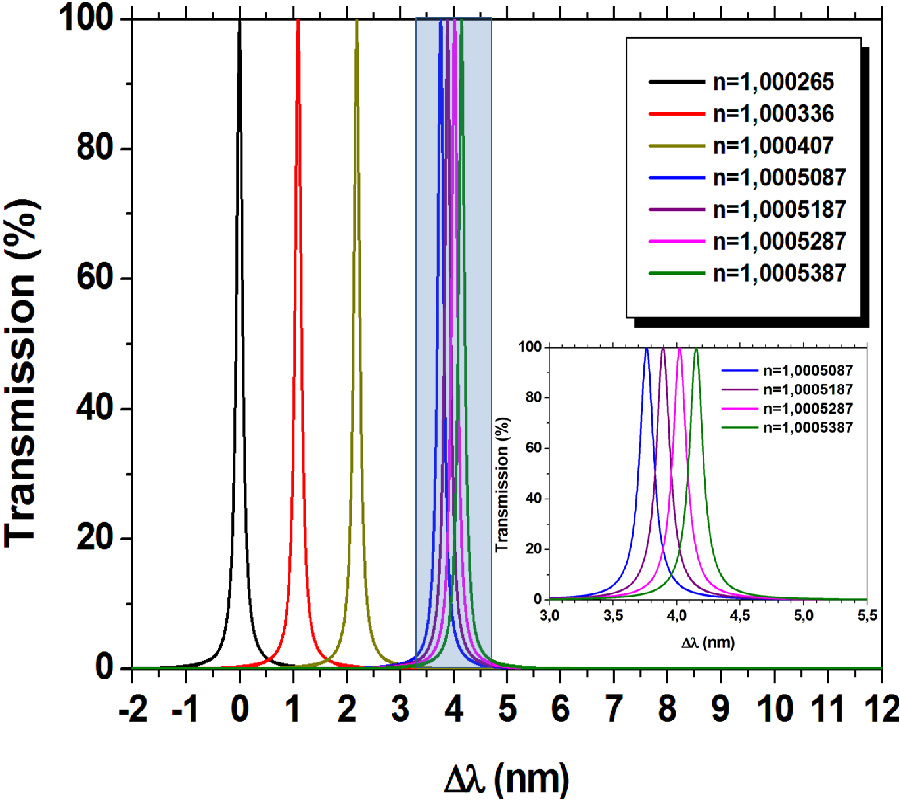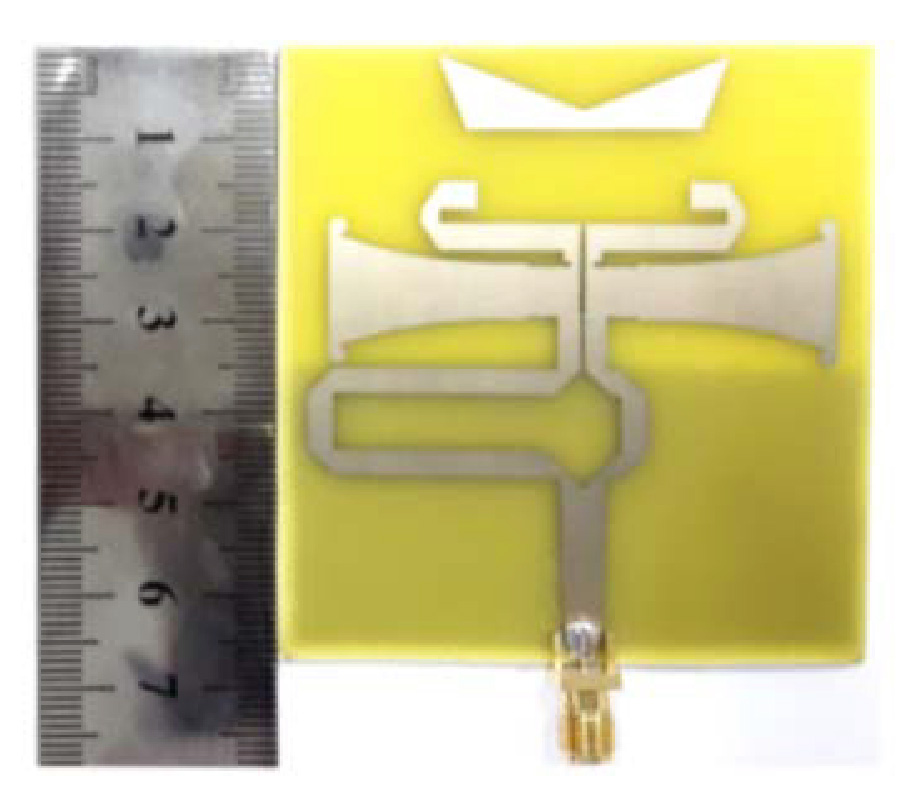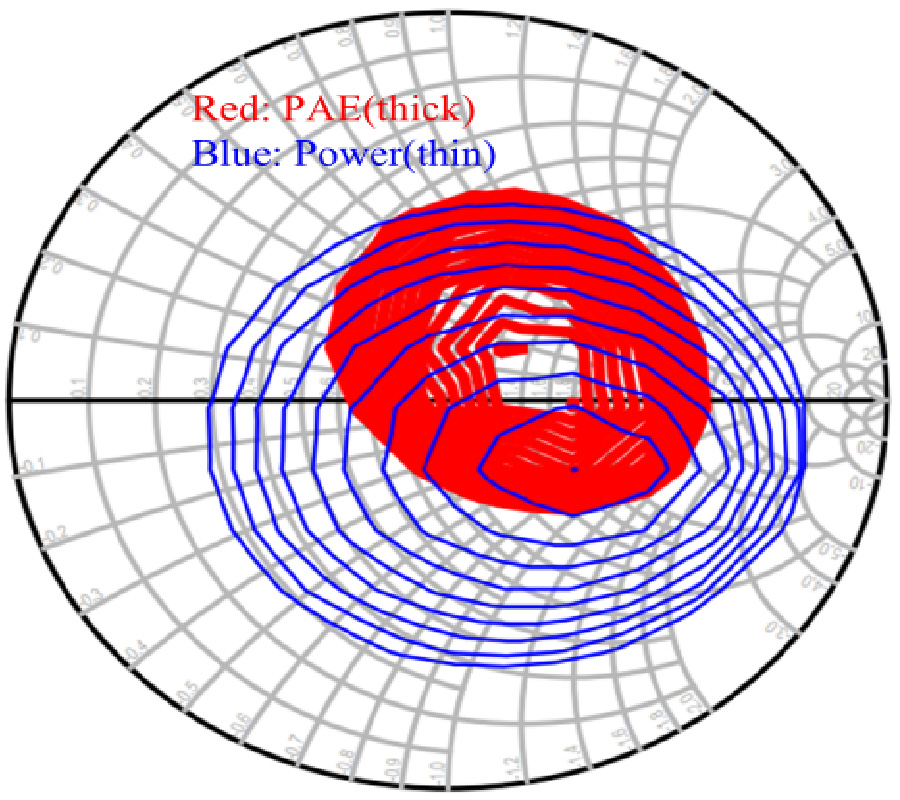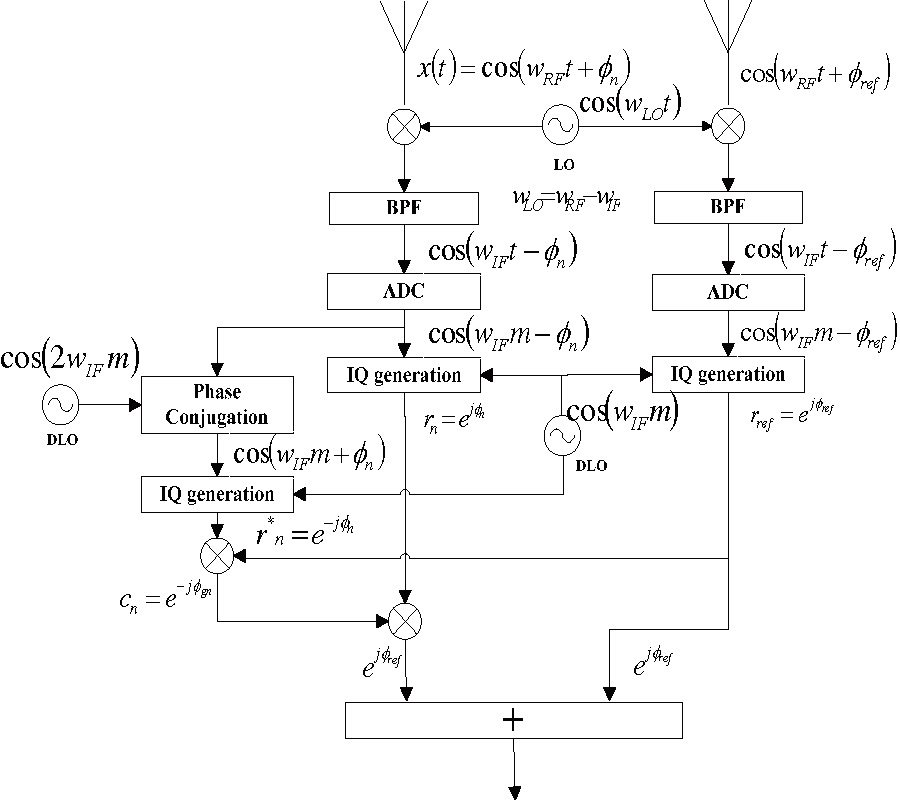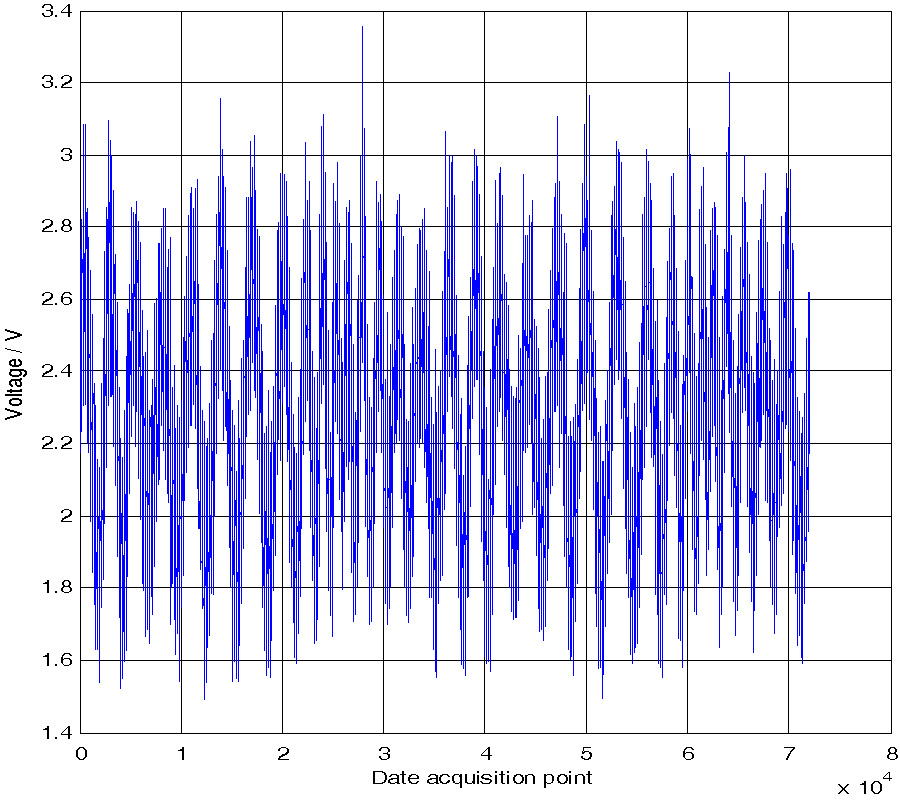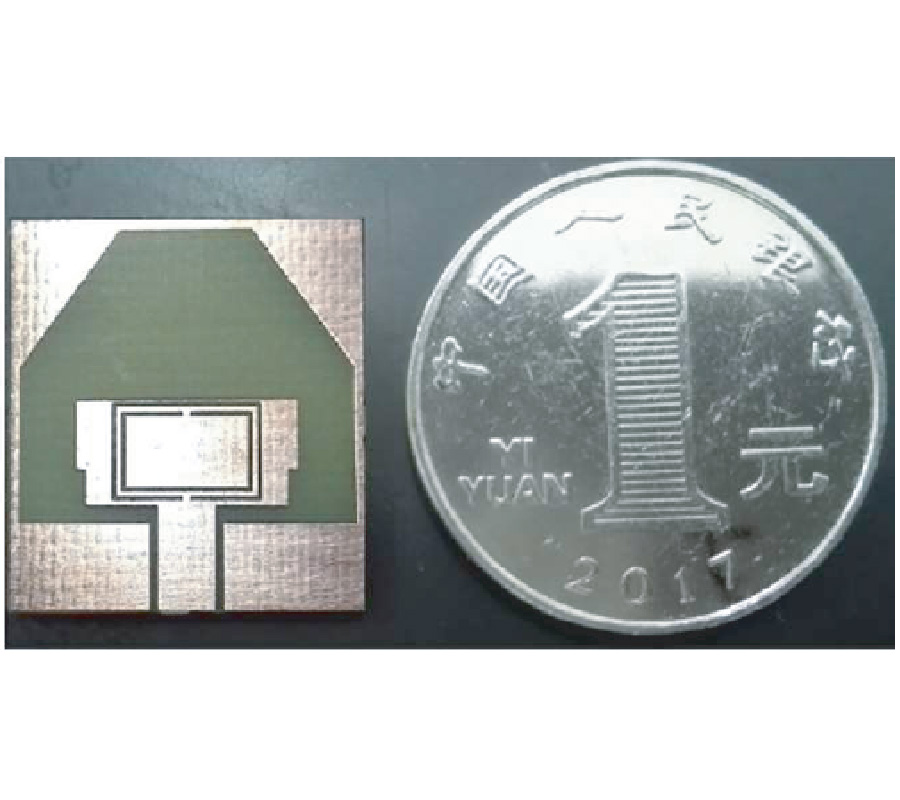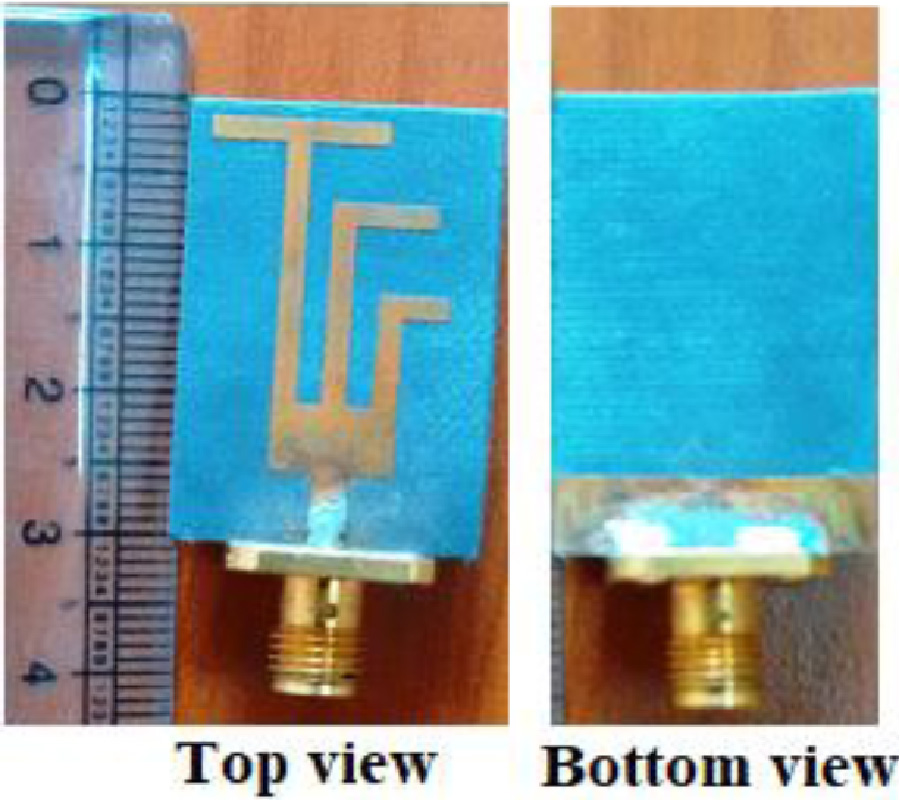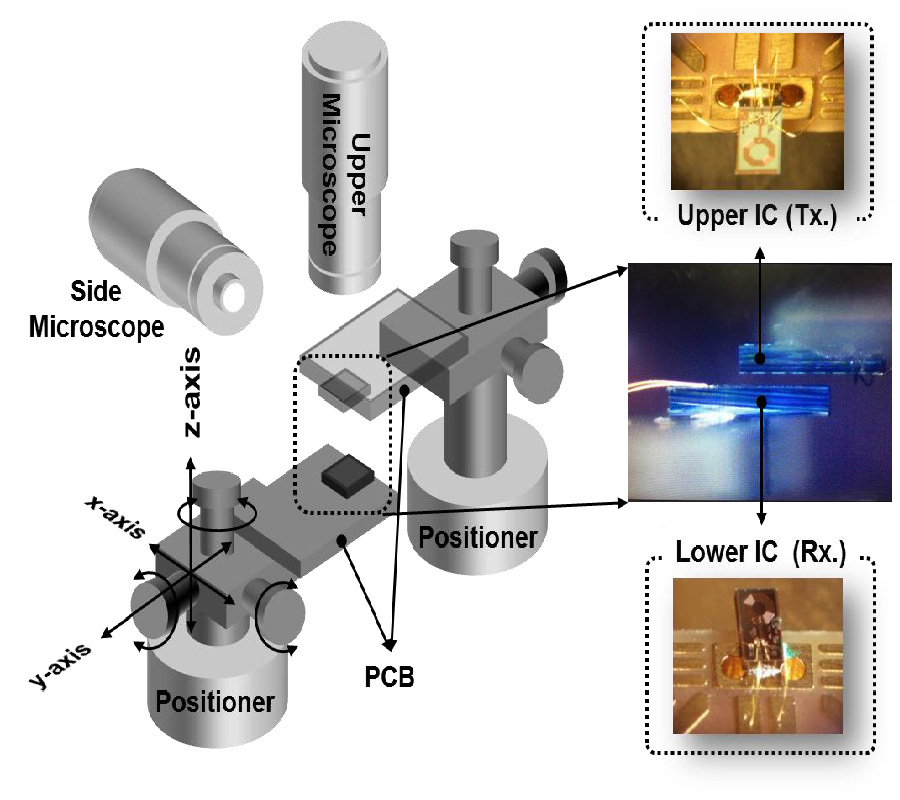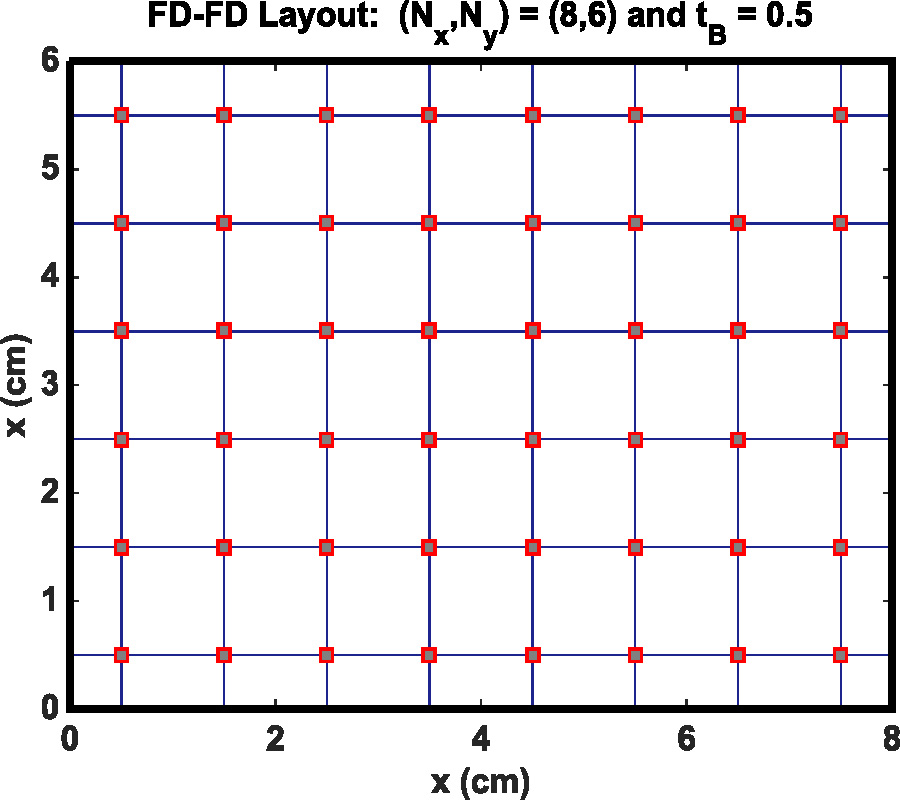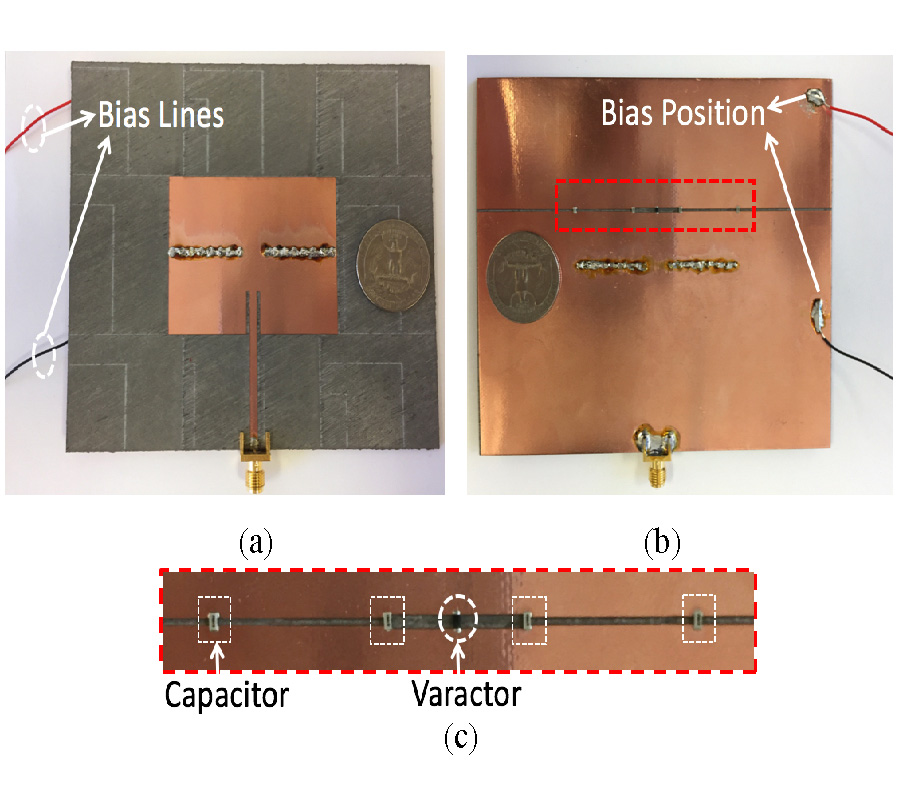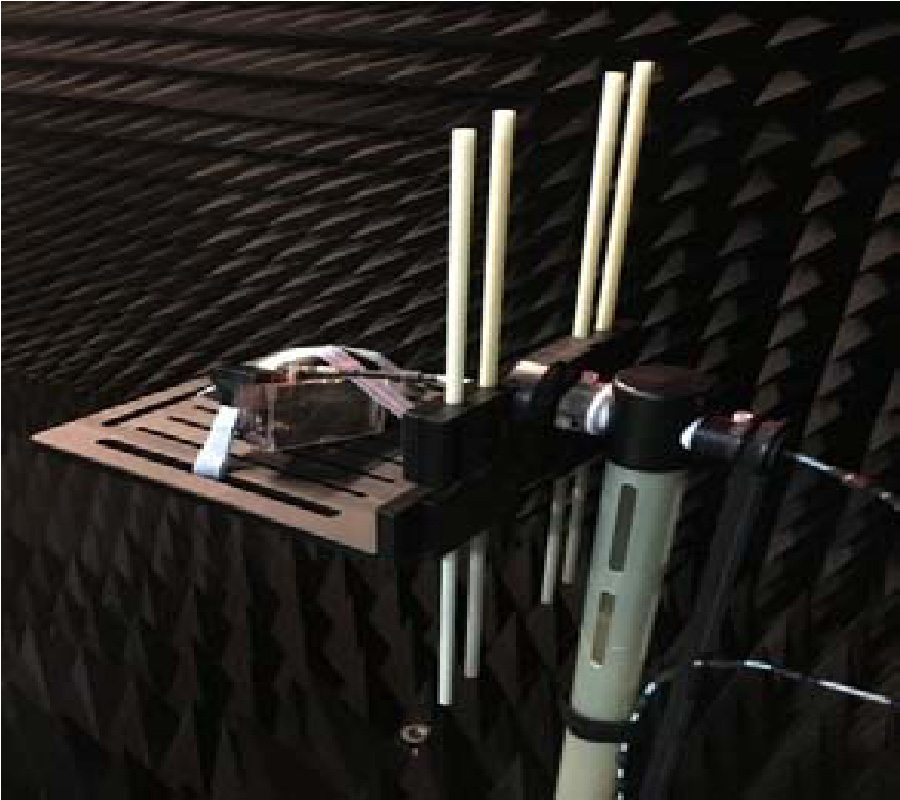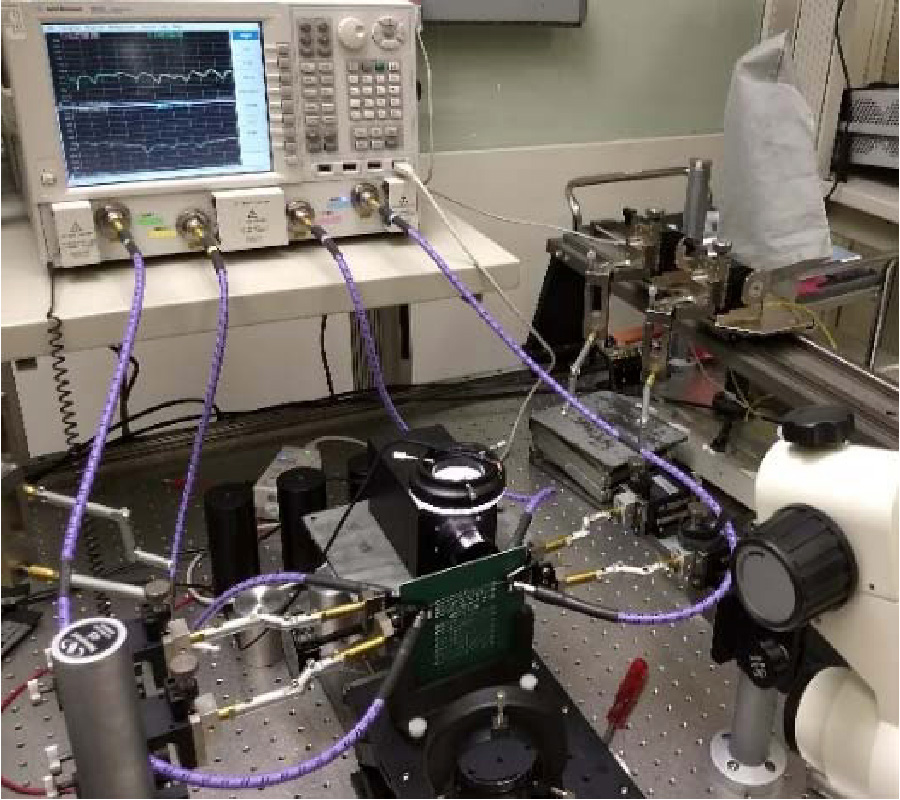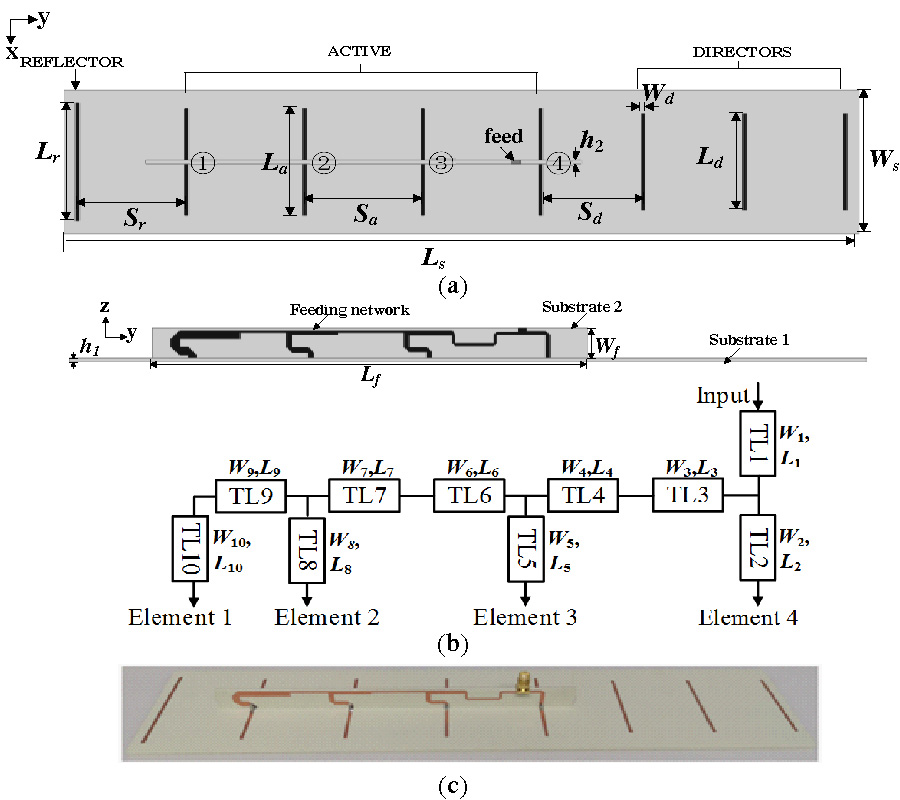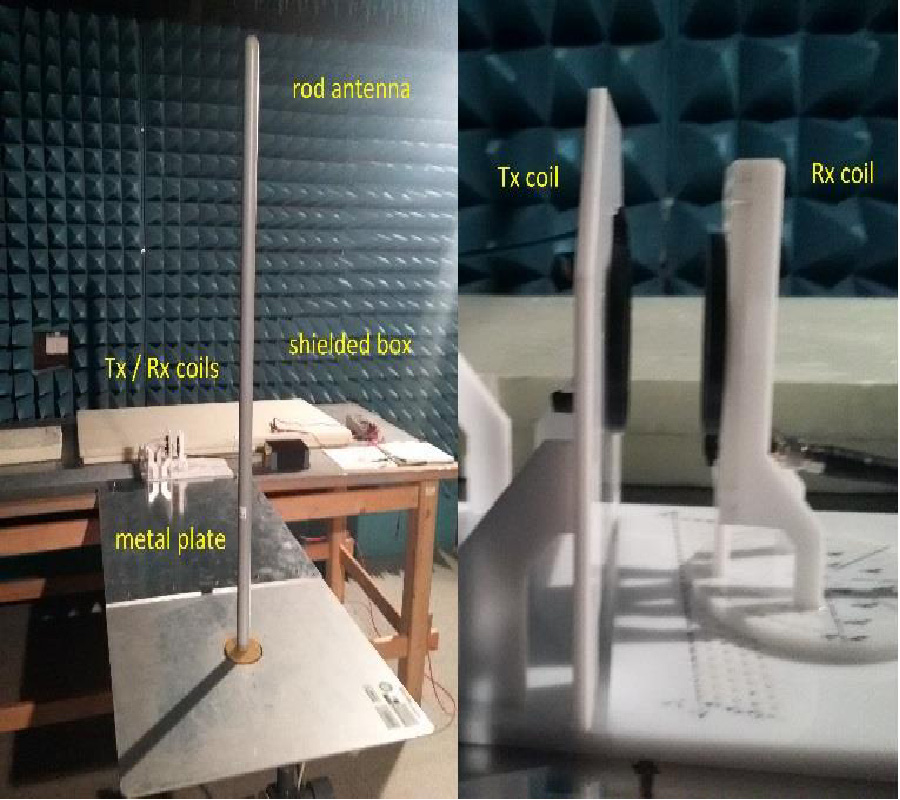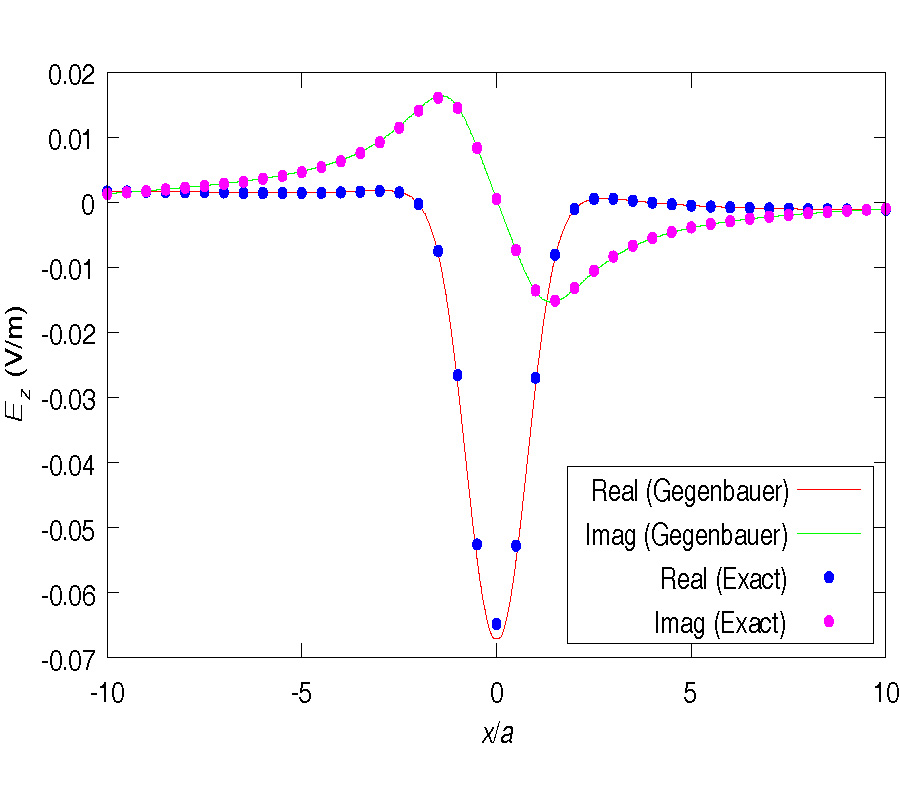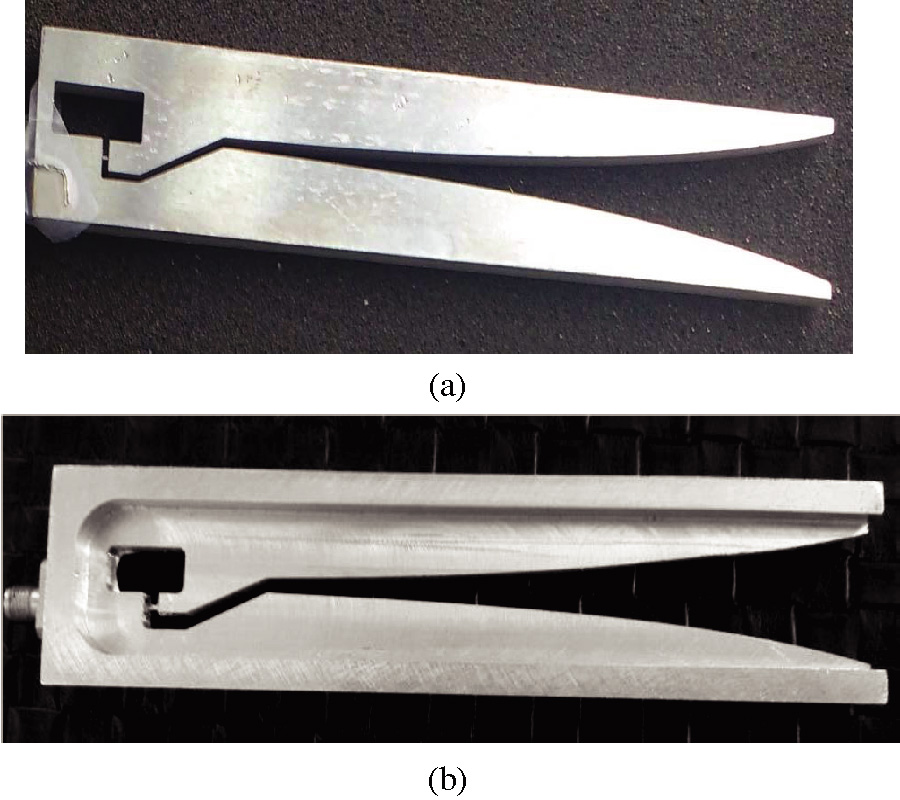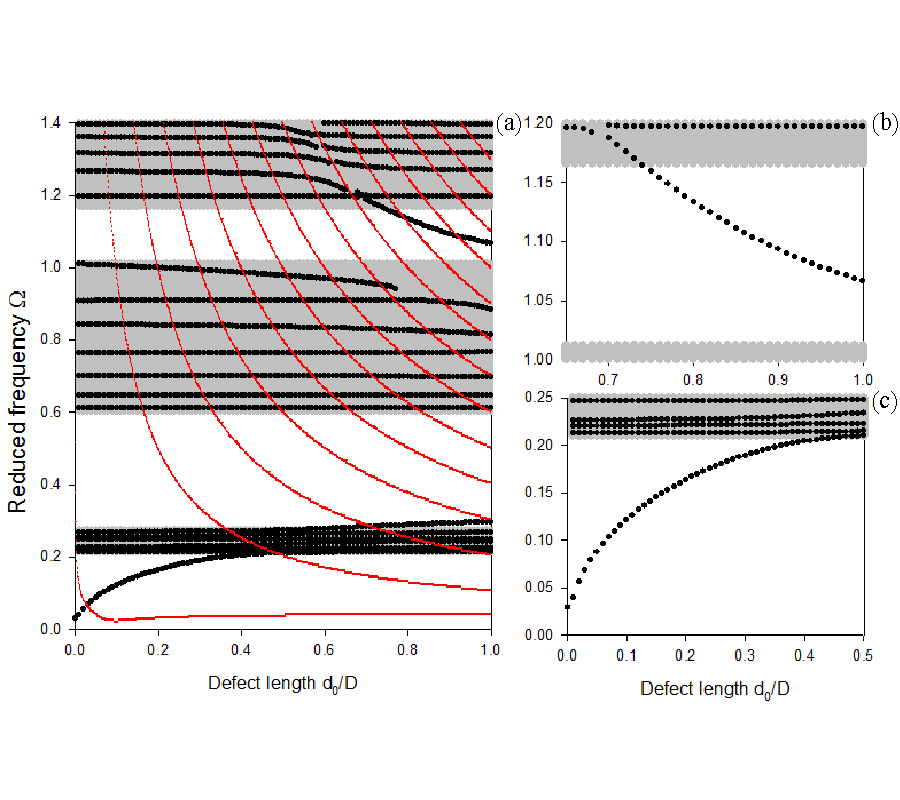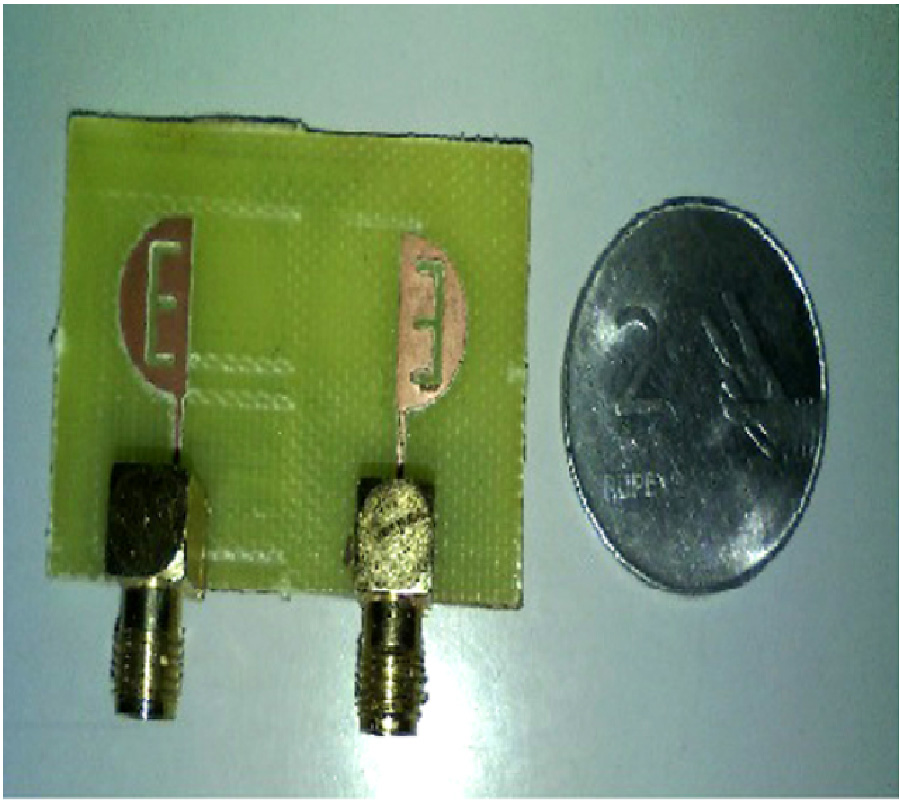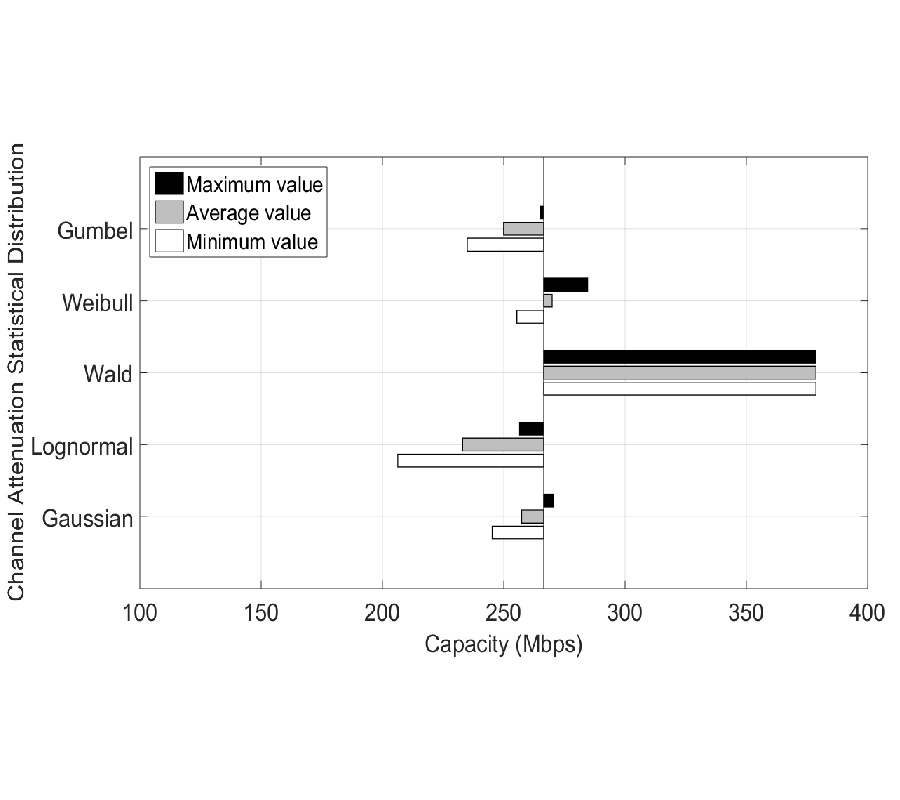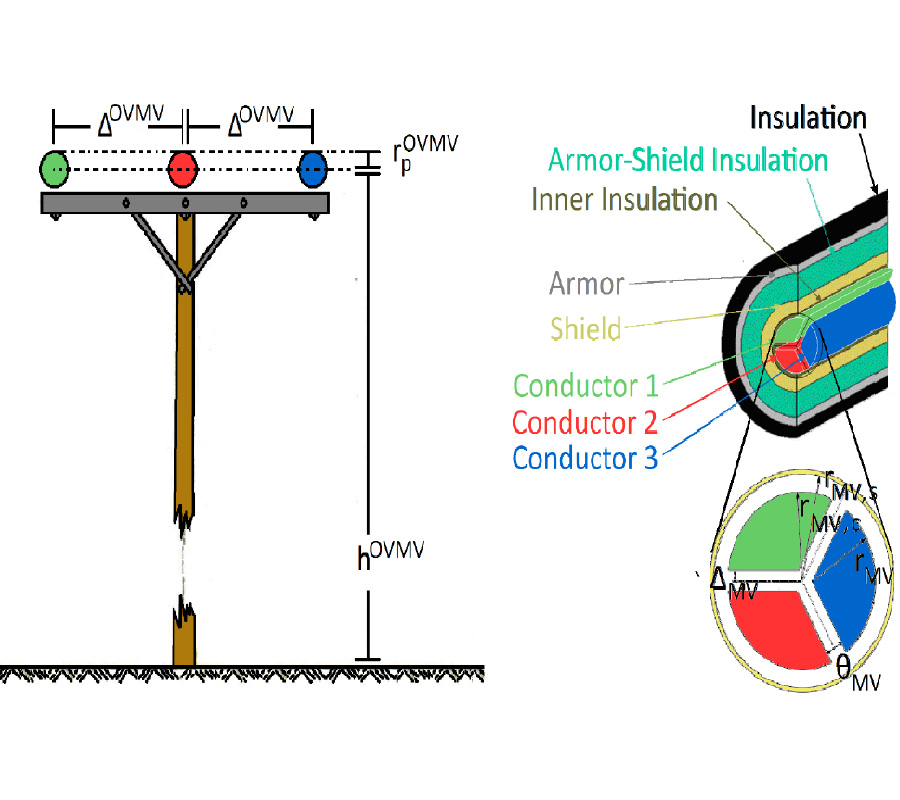A Dual-Band Planar Quasi Yagi-Uda Antenna with Optimized Gain for LTE Applications
Manzoor Elahi,
Irfanullah,
Rizwan Khan,
Azremi Abdullah Al-Hadi,
Saeeda Usman and
Ping Jack Soh
A printed Yagi-Uda antenna with two closely-spaced driven dipole elements and truncated ground plane is presented for dual-band operation. It is designed on a low-cost FR4 substrate with a dielectric constant 4.6, loss tangent of 0.02, and thickness of 1.6 mm. The dipole, operating in the lower band (centered at 1.8 GHz), is elliptical-bow-tiein shape with rounded edges, whereas a J-shaped dipole enables its operation in the upper band (centered at 2.6 GHz). A trapezoid-shaped director is employed to achieve maximum gain over the required frequency bands. Measurements indicate that the antenna operates from 1.71 to 1.9 GHz and from 2.5 to 2.7 GHz with |S11| < -10 dB. The behavior of the proposed antenna has been investigated by studying different parameters to achieve the maximum gains of 6 and 7.7 dB in LTE band 3 and band 7, respectively, with optimal size. It is found that the experimental results of the final packaged antenna agree with the simulated ones in terms of reflection coefficients, gain, and radiation patterns.
